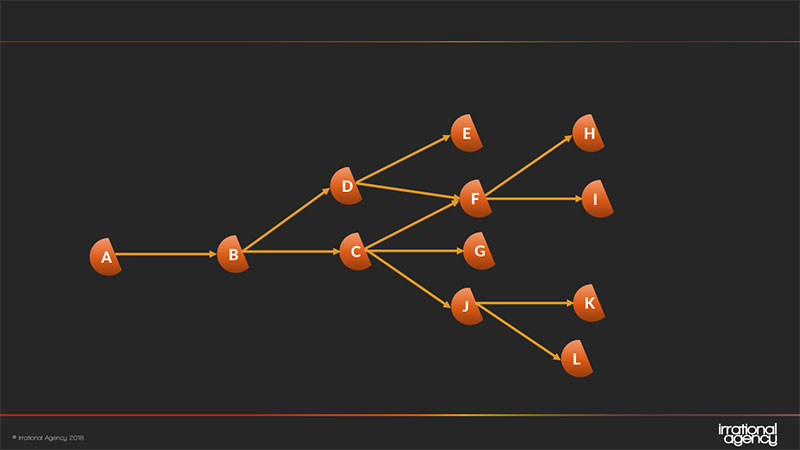System 3 is a recent addition to the Fast/Slow theory of behaviours, coined by the Irrational Agency to explain a layer somewhere between considered thought and emotional response. WARC’s Brian Carruthers was at IIeX to hear about it.
Advertising was quick to pick up on Daniel Kahneman’s Thinking Fast and Slow and to embrace another aspect of behavioural science. It’s a rare industry conference nowadays where someone doesn’t mention System 1 and System 2 thinking; Brainjuicer even changed its name to System 1 Research. But it turns out System 1 and System 2 aren’t the whole picture. Say hello to System 3.
System 3 complements the other two, according to Leigh Caldwell of the Irrational agency. If System 1 is about intuitive, unthinking reaction and System 2 engages the rational brain to consider things without the added complication of emotions, then System 3 is where feelings are engaged but without the instant reaction.
“It lets you think about the future, about hypothetical outcomes, what life is like for someone else,” Caldwell explained at IIeX. “It allows immersion in fictional experience.” Or, more briefly, it’s about the imagination.
Whether deriving pleasure from the prospect of an imminent cake or future grandchildren, people’s brains are “doing something really remarkable”, he said. “Your brain is allowing you to be rewarded for something that isn’t real.”
System 1 takes care of the everyday shopping you don’t have to think about, System 2 kicks in for those purchases requiring more thought, like financial decisions “and System 3 is for most of the rest”, including things like next year’s holiday and trying new products where an element of imagination is required.
“Brands are created in System 3,” Caldwell declared. “When you first learned about Coca-Cola, when you first had your picture of that brand shaped, it was through them manipulating your System 3.”
There’s plenty of science backing this up, he added - studies from neuroscience, psychology, and behavioural economics - but for an audience of market researchers and insights people, he highlighted one particular piece: the implication map.
“This is the map of the world that we all have inside our heads, that we use to navigate the world and to imagine what might happen when we do so,”

It’s built up from many small components, he explained, and is a basic behavioural phenomenon for any person or organisation: “that’s the idea of predicting what’s going to happen next”. That might involve System 1 thinking - like eating chocolate and knowing it will taste sweet. But only the higher organisms can move to the next stage, “not just knowing that the chocolate will taste good, but being able to see the packaging of the chocolate and predict that, therefore, there must be chocolate inside true to that site and that therefore the chocolate is going to make me happy.”
Implication graphs for individuals can become very complex and brands sit within them, offering consumers a solution to a particular problem. “One thing that you can do as a brand is you might want to add some parts to this graph, you might want to tell your own stories that will expand the consumers’ map of the world and give them a map of what your brand can do for them.”
An ad can tell a story that can merge with the consumers’ own map and when it becomes part of that, then the brand starts to play a role in their life, said Caldwell. “Customers use System 3 to imagine what your experience will feel like. They also use it to go back and think about their past experiences.
“When you advertise, you’re shaping the System 3 of the consumers so that they will respond. If you want to know how your customers choose, predict new product success, or understand motivation, then System 3 is what you want to measure.”
So when a food manufacturer was playing around with new flavours - avocado ice cream anyone? - Irrational used this approach to help assess which would work best, helping respondents create their own context and mood before introducing the concept and the various sensory aspects and encouraging respondents to imagine what such a product would taste like, feel like and what emotions it would trigger.
For each word they chose to describe a taste or feeling, they were then given the next level down of the implication map; so if the taste is ‘indulgent’, can you say what ‘indulgent’ means to you? In this way the research is able to dig deeper and begin to understand “not just will the concept succeed, but why will it succeed,” Caldwell explained; that’s one of the reasons that System 3 is especially strong in the innovation cycle as well as in branding.

